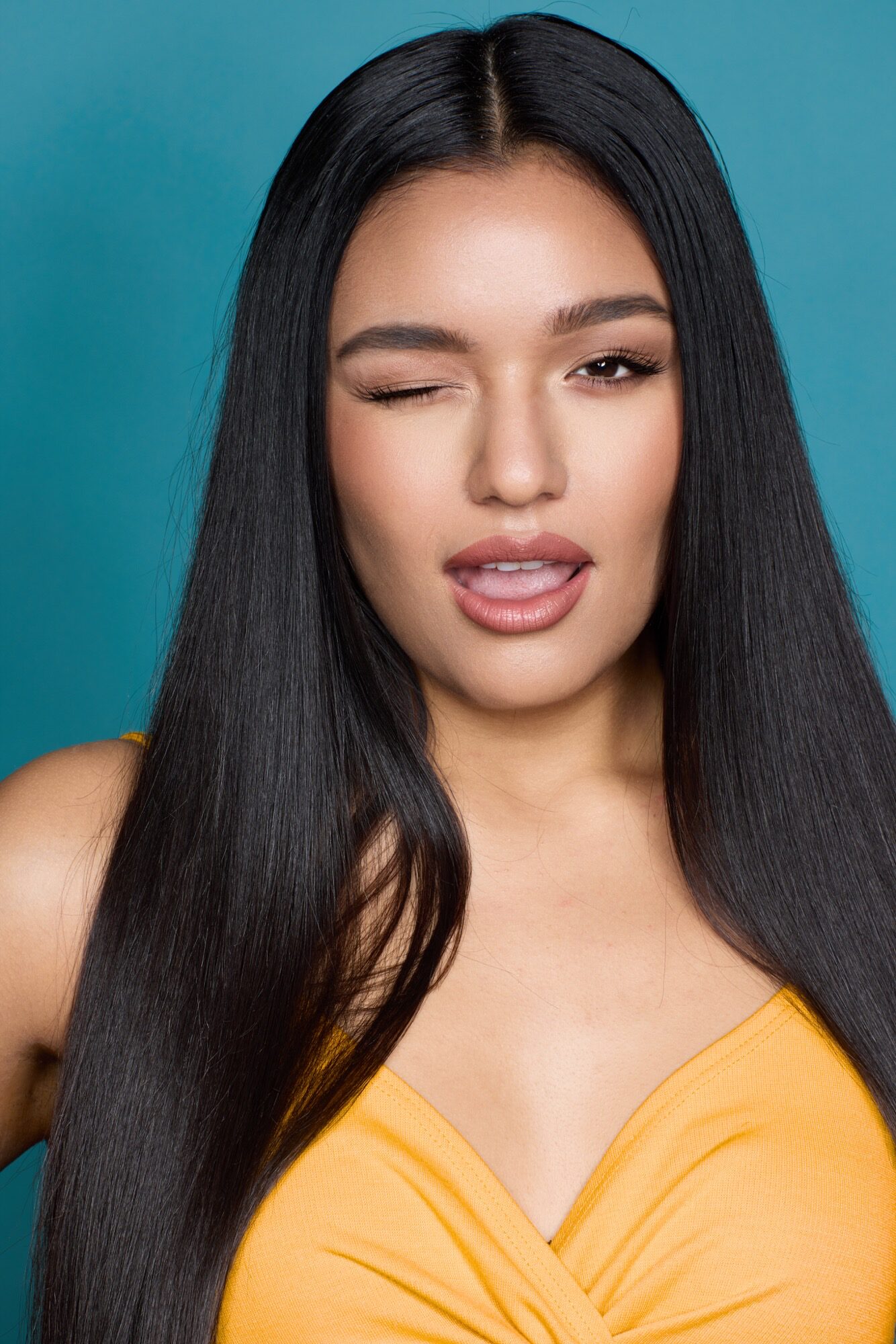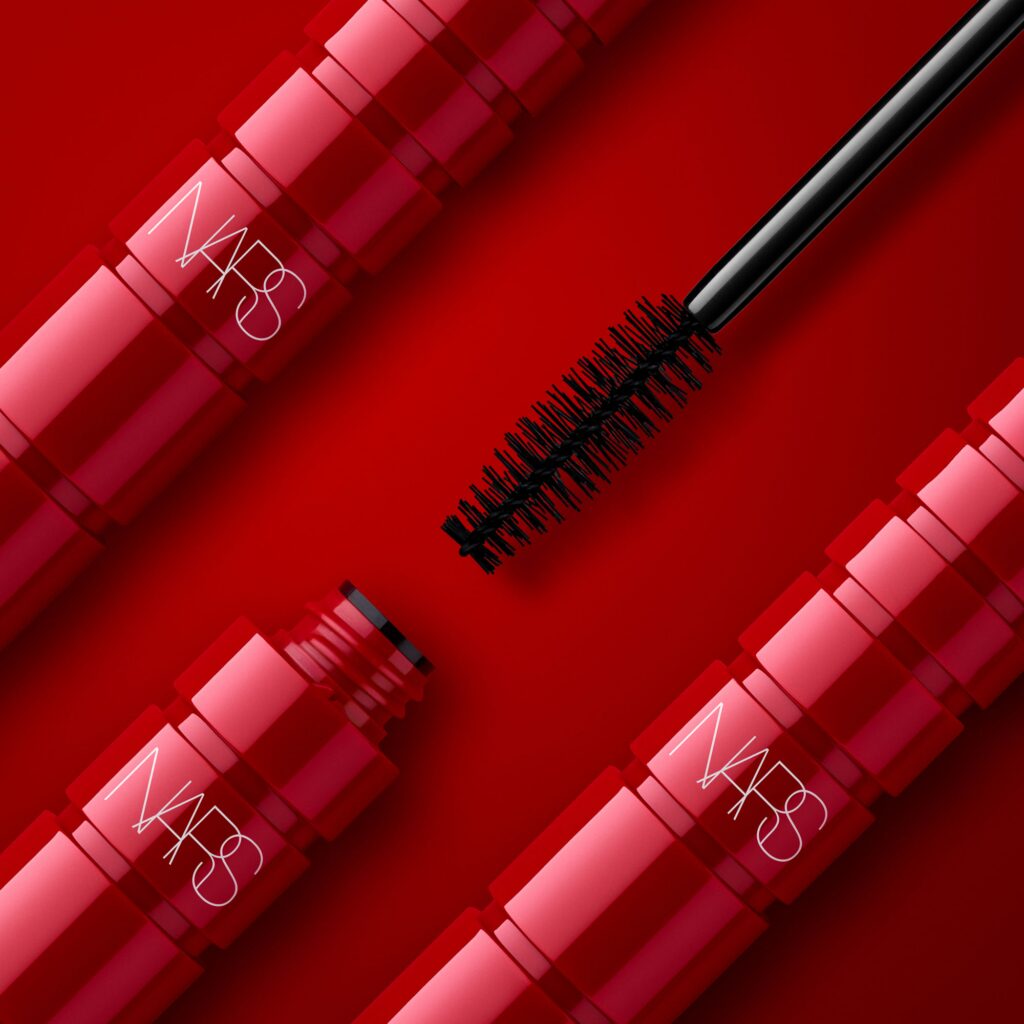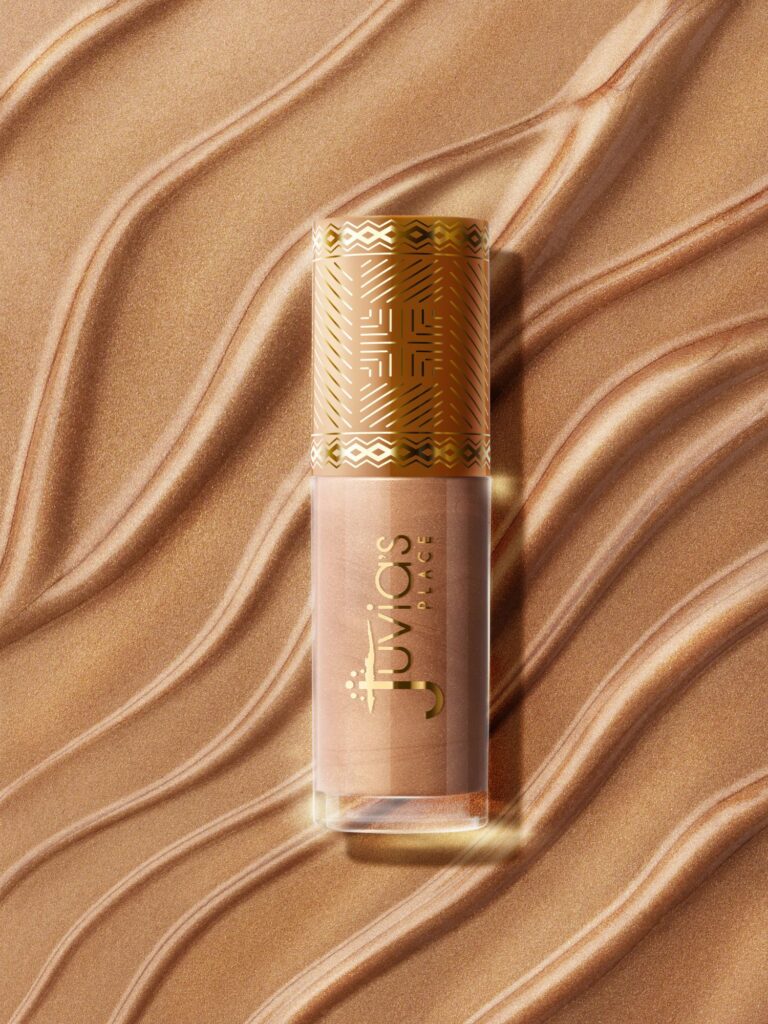
In the digital commerce sphere, the significance of photographing beauty products is crucial, serving as a crucial bridge between online shopping and real-world experience. Delving into this field reveals that each image represents more than just a product; it embodies a narrative, a commitment made to the viewer.
Table of Contents
Grasping the Essence of Beauty Product Photography
Grasping the essence of beauty product photography goes beyond the basic principles of traditional photography. It’s an intricate process that combines creative storytelling with visual aesthetics, aiming to forge a connection between the product and the consumer.
The primary goal here is not just to attract attention, but to evoke a sense of longing and aspiration in potential customers. This type of photography is an artful blend of beauty and commerce, requiring a keen eye for detail, technical expertise, and a deep understanding of consumer psychology.
It’s about presenting beauty products in a light that not only highlights their features and benefits but also resonates with the target audience’s lifestyle and aspirations. This approach turns each photograph into a compelling narrative, inviting viewers to imagine the product as an integral part of their lives.
Therefore, beauty product photography is not just about taking pictures; it’s about crafting an immersive experience that drives engagement and encourages purchase decisions.
Utilizing Natural Light
A key component of beauty product photography is harnessing natural light. Its gentle, diffused quality can enhance a product’s attributes, emphasizing textures and hues in a genuine and attractive manner. The art lies in mastering natural light’s variations throughout the day to boost the product’s visual allure.
Lifestyle Photography: Vivifying Products
In the beauty sector, lifestyle photography focuses on context. It’s about the narrative around the product. Placing products in realistic environments or depicting their everyday use helps to illustrate how they integrate into consumers’ lives, fostering a connection and making it easier for potential buyers to envision themselves using the product.
The Influence of Background Colors
Choosing the right background in beauty product photography is vital. It serves not just as a backdrop but as a platform for showcasing the product. Different hues can evoke various atmospheres – light blue or white may suggest cleanliness and freshness, while darker shades might imply opulence and elegance. The trick is selecting a background that complements the product and resonates with the brand’s message.
Detail-Focused Photography
Beauty products are frequently characterized by their unique qualities, which include intricate packaging designs and distinctive color schemes. To effectively capture these elements, photographers must employ a meticulous approach, focusing intently on the finer details that set these products apart.
The use of specific photographic techniques becomes crucial in this context. Close-up or macro photography, for instance, is often utilized to emphasize these distinguishing features. This approach allows for a deeper exploration of the textures, hues, and intricacies of the products, highlighting aspects like the shimmer of a lipstick, the fine print on elegant packaging, or the subtle gradation of colors in an eyeshadow palette.
By zeroing in on these details, photographers can convey the quality and artistry of the product, making it more appealing to the consumer. It’s not just about showing the product, but about showcasing it in a way that celebrates its unique attributes and resonates with the viewer’s sense of beauty and style.
This requires not only technical proficiency in handling camera equipment and lighting but also a creative eye to frame and compose images that tell a story and create an emotional connection with the audience.
Illustrating Movement and Texture
Photographing beauty products extends beyond static images, embracing action-oriented visuals that demonstrate products in use. This method is especially effective for beauty items, where the mode of application and the texture are as vital as the product itself. Depicting these elements in motion – from the smooth application of lipstick to the luxurious lather of a shampoo – brings the product to life.
Demonstrating the application process is essential in this context. It’s about showcasing how the product interacts with skin or hair, offering a tangible preview of its usage. Photographing a model applying a cream, for example, can accentuate the product’s texture, absorption, and immediate skin impact, helping potential buyers understand the product’s feel and function.
Emphasizing texture is another crucial aspect. For beauty products, texture can be a major selling point. Capturing the creaminess of a lotion, the granularity of a scrub, or the smoothness of a foundation appeals to customers. These images not only highlight product quality but also engage the viewer’s senses, augmenting the tactile experience and making the product more relatable and desirable.
Moreover, these dynamic images often include close-up views, essential for showcasing product texture nuances. Close-ups reveal the finer details, like the shimmer of a highlighter or the pigmentation of eyeshadow, contributing to a more comprehensive understanding of the product and aiding informed purchasing decisions.
Photographing beauty products in action also allows for the expression of the brand’s identity and style. How a product is applied, its effects, and presentation can align with the brand’s message, whether it focuses on luxury, natural ingredients, or innovation.
In summary, photographing beauty products dynamically is an impactful approach in product photography. It transcends basic visual representation, offering an experiential glimpse that informs, captivates, and entices the consumer.
By focusing on both the application process and the product’s texture, this photographic style fosters a more immersive and relatable experience, making the products feel almost tangible to the viewer.
Art and Commerce Equilibrium
At its heart, beauty product photography is about balancing artistic creativity with commercial appeal. Photographers must craft images that are visually striking and in line with the brand’s marketing objectives, considering the intended audience, brand ethos, and product uniqueness.
Post-Production’s Role
Post-production is a significant aspect of beauty product photography. Color adjustments, retouching, and compositing can transform a good image into an extraordinary one, enabling photographers to refine images to fit the brand’s vision and maintain consistency across various platforms.
Concluding Thoughts
A Visual Orchestra Beauty product photography goes beyond simple image capture; it’s akin to orchestrating a visual symphony that appeals to the senses. It combines technical expertise, creative vision, and marketing intelligence to produce images that do more than display a product – they convey its story. In an increasingly visual-driven market, the right photograph can make the difference between a product that is merely viewed and one that is deeply coveted.









